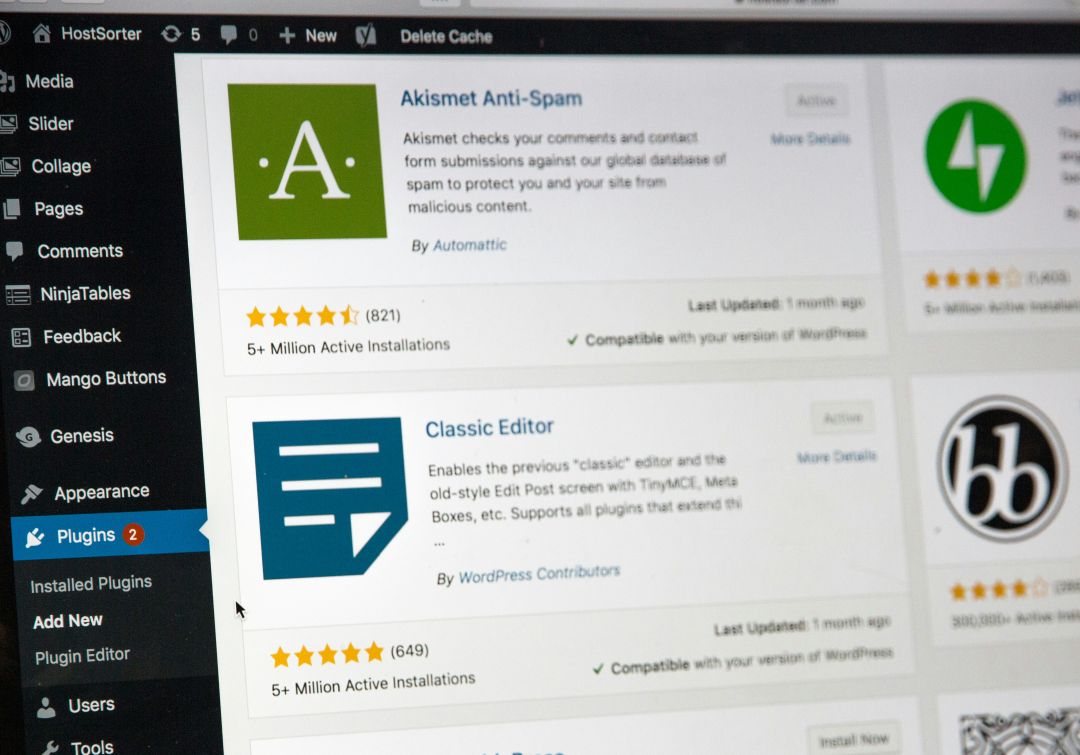In today’s digital landscape, content is king. Whether you’re running a blog, an e-commerce site, or a corporate website, the quality of your content can make or break your online presence. However, not all content is created equal. Bad user content can harm your SEO, damage your brand reputation, and waste your money. So, how do you spot red flags before you pay for content? This guide will walk you through the process step by step.
Before diving into red flags, it’s important to understand what constitutes bad user content. Bad content is typically:
- Poorly written, with grammar and spelling errors.
- Irrelevant or off-topic for your target audience.
- Thin, meaning it lacks depth or valuable information.
- Plagiarized or unoriginal.
- Overstuffed with keywords, making it unnatural to read.
Bad content doesn’t just fail to engage readers—it can also hurt your search engine rankings. That’s why it’s crucial to identify and avoid it.
When evaluating content, keep an eye out for these common red flags:
1. Lack of Expertise or Research
If the content feels shallow or lacks credible sources, it’s a sign the writer didn’t put in the effort. High-quality content should be well-researched and provide value to the reader.
2. Overuse of Keywords
While keywords are important for SEO, stuffing them into content makes it unreadable. A good SEO specialist knows how to balance keywords naturally.
3. Poor Grammar and Spelling
Errors in grammar and spelling are immediate red flags. They not only make the content hard to read but also reflect poorly on your brand.
4. Generic or Unoriginal Content
If the content feels like it could apply to any website, it’s likely not tailored to your audience. Unique, original content is key to standing out.
5. Missing Call-to-Action (CTA)
Good content guides the reader on what to do next. If there’s no clear CTA, the content may not serve its purpose.
Now that you know the red flags, here’s how to evaluate content before making a payment:
1. Request Samples
Always ask for writing samples or a trial piece. This helps you gauge the writer’s style and quality.
2. Check for Plagiarism
Use tools like Copyscape or Grammarly to ensure the content is original.
3. Review the Writer’s Portfolio
A strong portfolio is a good indicator of a writer’s expertise and experience.
4. Ask for Revisions
A reliable writer will be open to making revisions. If they refuse, it’s a red flag.
5. Consult an SEO Specialist
An SEO specialist can help you evaluate whether the content aligns with your SEO goals and target audience.
An SEO specialist plays a crucial role in ensuring your content is both high-quality and optimized for search engines. They can:
- Conduct keyword research to identify relevant terms.
- Ensure proper keyword placement and density.
- Optimize meta descriptions, headings, and alt text.
- Analyze content performance and suggest improvements.
By working with an SEO specialist, you can avoid bad user content and create pieces that resonate with your audience.
Finding trustworthy content creators doesn’t have to be a challenge. Here are some tips:
- Look for writers with positive reviews and testimonials.
- Use reputable platforms like Upwork, Fiverr, or LinkedIn.
- Set clear expectations and guidelines upfront.
- Build long-term relationships with writers who deliver quality work.
Q: How can I tell if content is over-optimized for SEO?
A: Over-optimized content often feels unnatural due to excessive keyword usage. An SEO specialist can help you strike the right balance.
Q: What should I do if I’ve already paid for bad content?
A: Reach out to the writer or platform for a refund or revision. If that’s not possible, consider repurposing the content or starting fresh.
Q: Can I fix bad content myself?
A: Yes, you can edit and improve bad content, but it’s often more time-consuming than hiring a professional from the start.







